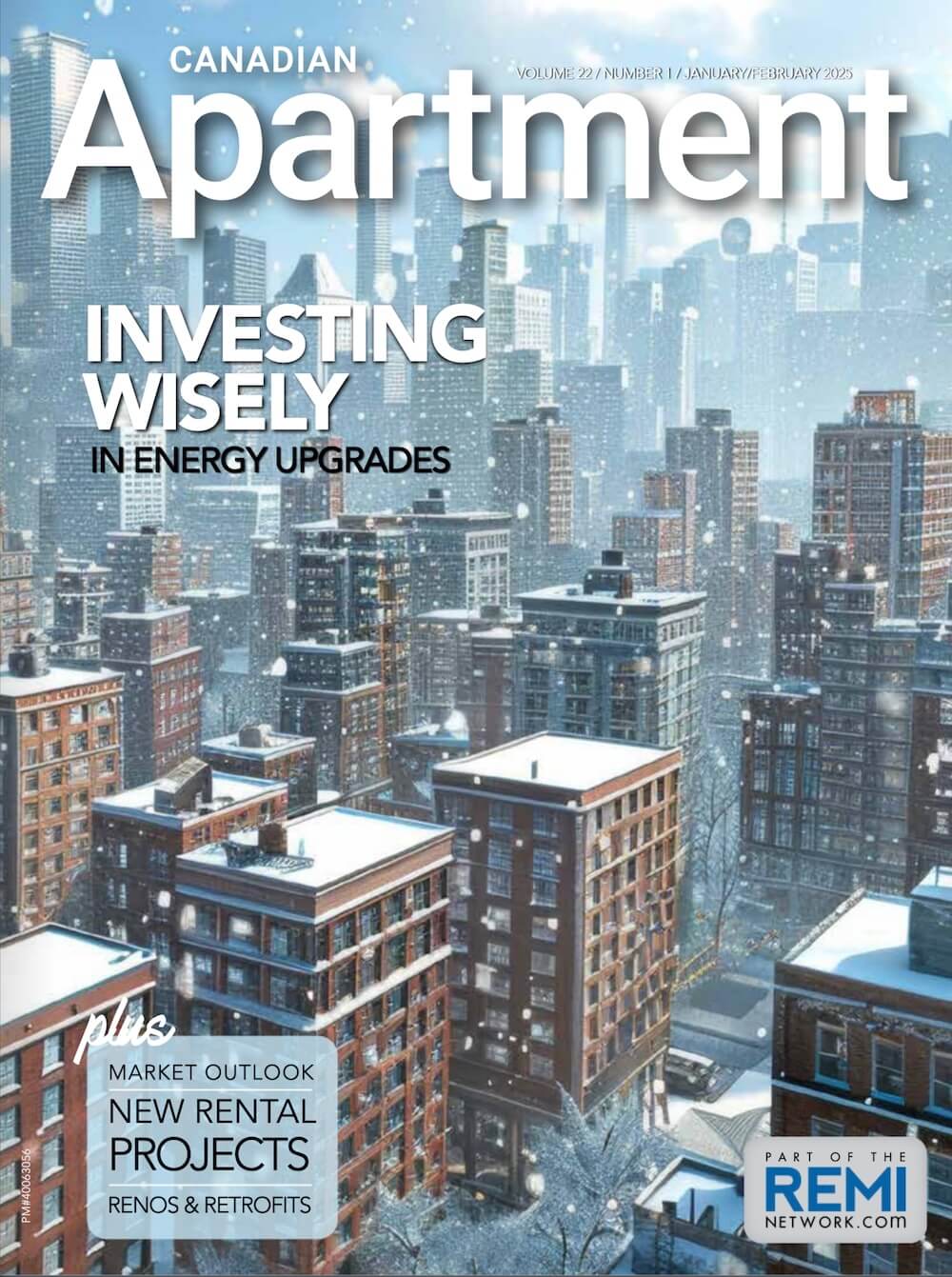Sales data for the Greater Toronto Area (GTA) apartment market for the first half of 2013 indicates some interesting changes afoot. While the market has been on a steady climb for the past 15 years, current trends are suggesting cap rates and values are beginning to stabilize.
Sales figures not always what they seem
While sales volumes for the first half of the year were more than $830 million – the highest since 2004 – this number is a bit misleading. During this time, there were three extraordinary deals that totalled more than $380 million. The largest deal was for a building located along the Toronto waterfront for $148 million. The others included a portfolio court-appointed sale of four buildings totalling $94 million and the sale of three condo-titled buildings in Mississauga, Ont., for $82.5 million. If adjusted for these three deals, sales volumes would have been $450 million, which is less than the $550 million reported in 2012.
So far this year, 55 transactions have been completed. This is the lowest number since 2009, and much lower than the 74 deals completed by mid-2012. The decline could be a result of the short supply of buildings for sale. However, it could also point to buyers being less aggressive on pricing and sellers holding on to their top prices, leading to fewer deals being consummated.
Still, prices have moved up slightly. Adjusted for the extraordinary deals, the average price per suite was approximately $125,000 in the first half of 2013 – not much higher than the $121,000 per suite reported in 2012. Data indicates that over the past six quarters, the price per suite has ranged between $120,000 and $130,000.
Multi-family sector leading the way in cap rate stabilization
Cap rates seem to have stabilized. In the first half of 2013, the average cap rate was 5.33 per cent – similar to the 5.38 per cent reported in 2012, but lower than the six per cent recorded in 2011.
What’s behind this stabilization?
Long-term Canada bond yields greatly affect cap rates. Comparing the first half of each year, the average yield in 2013 was 2.55 per cent. This is similar to the average yield in 2012 (2.54 per cent), but much higher than the 2.15 per cent in 2011. While interest rates are at historic lows, they have begun to creep up. Since June 2013, rates have consistently been more than 2.9 per cent. As such, lending rates are higher today than they were at the start of the year.
Declining loan-to-value ratios that banks are lending out on apartments today are also affecting cap rates. This is especially true for low cap rate deals or when Canada Mortgage and Housing Corp. (CMHC) financing is obtained, forcing buyers to come up with more equity and resulting in less capital available to deploy into more buildings for acquisitions.
What’s ahead for the multi-residential market
The rate of allowable rent increases in Ontario has now been capped to a maximum of two per cent for any given year. In 2013, the cap was 2.5 per cent, which helped owners shore up their bottom lines despite increases in taxes, and water and hydro bills. However, the rent increase for 2014 is capped at 0.8 per cent.
Given the recent statistics, the existing apartment market is “balanced.” The market and asset class continue to be strong and demand is relatively healthy. Tightening lending practices and the potential for higher interest rates suggest it will continue to be stable for the short-term.
Lorenzo Di Gianfelice is the broker of record and owner of Commercial Focus Realty Inc., Brokerage. He is also a team member of the company’s apartment group, which has been involved in more than $3 billion worth of apartment transactions.






